Classic cars often evoke nostalgia, but some models have not stood the test of time as gracefully as others. While they might have been innovative or popular at their launch, these vehicles are now often remembered for their shortcomings. Let’s take a look at ten classic cars that have aged worse than anyone expected.
Ford Pinto
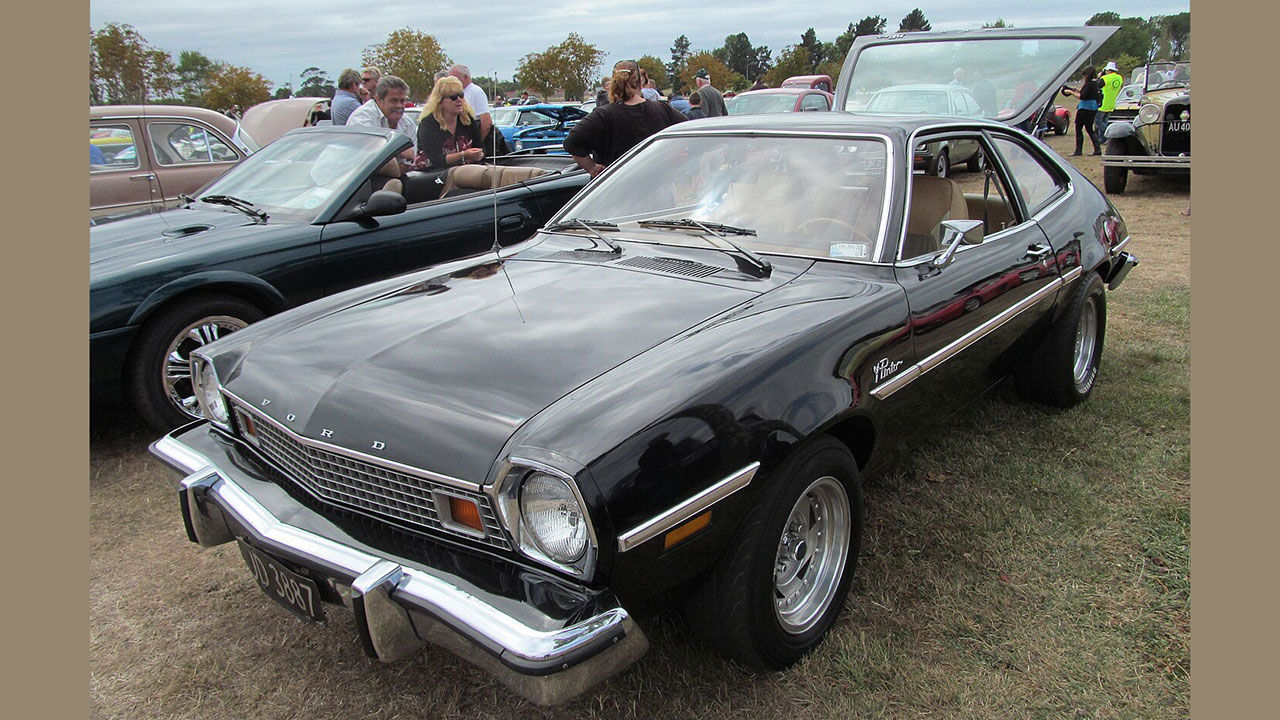
The Ford Pinto, produced from 1971 to 1980, is infamous for its design flaw that led to fuel tank explosions in rear-end collisions. This safety issue overshadowed its initial success as an affordable and stylish compact car. The controversy, along with numerous lawsuits, tarnished its reputation and led to a significant recall. Despite its practical design and affordability, the Pinto’s legacy is marred by its association with corporate negligence and safety oversights.
Even with the resolution of its safety issues, the Pinto’s image never fully recovered. Today, it serves as a case study in engineering ethics and corporate responsibility. Its story is a reminder of how a single flaw can overshadow a vehicle’s other merits, leaving a lasting impact on consumer trust.
Chevrolet Vega
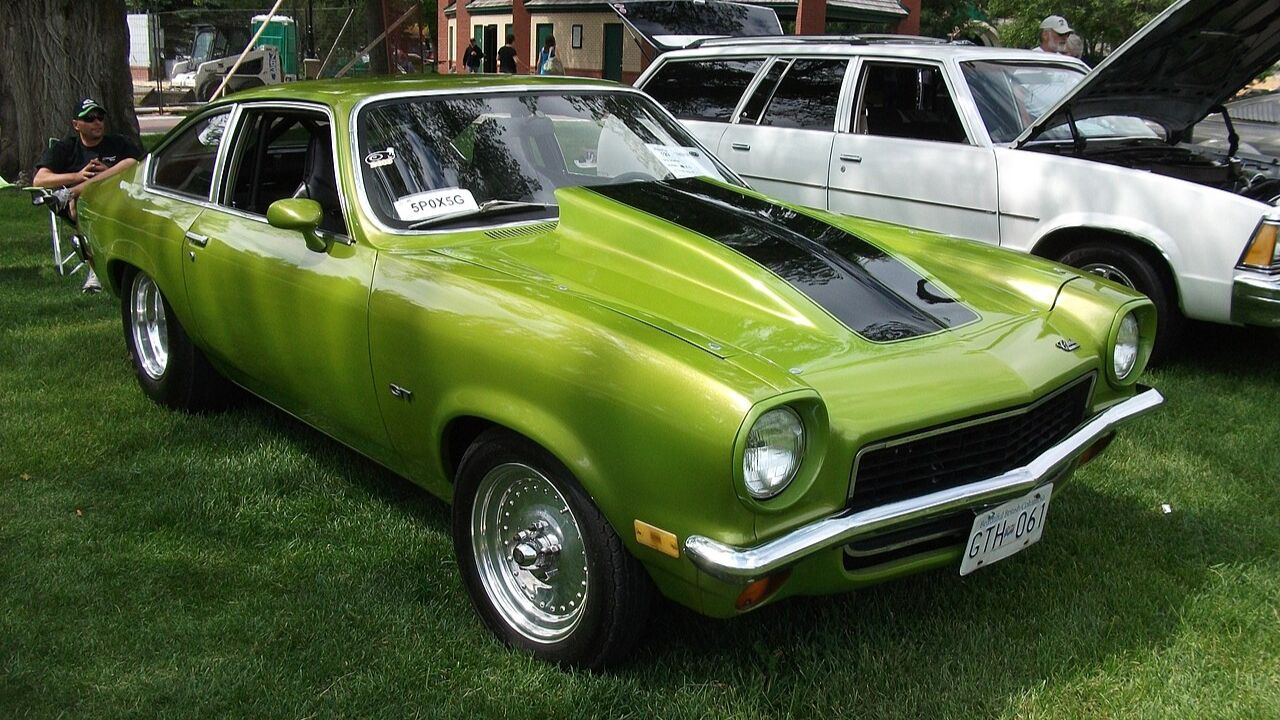
Introduced in 1970, the Chevrolet Vega was General Motors’ attempt to compete with the growing market of compact imports. Though initially praised for its stylish design and innovation, the Vega quickly gained a reputation for poor build quality and reliability issues. Problems such as engine durability and rust quickly surfaced, leading to widespread customer dissatisfaction.
The Vega’s aluminum engine, intended to be a breakthrough in technology, often succumbed to overheating and oil consumption issues. Despite GM’s efforts to address these problems through recalls and improvements, the damage to the Vega’s reputation was irreversible. Today, it’s remembered more for its failures than its ambitions.
AMC Pacer
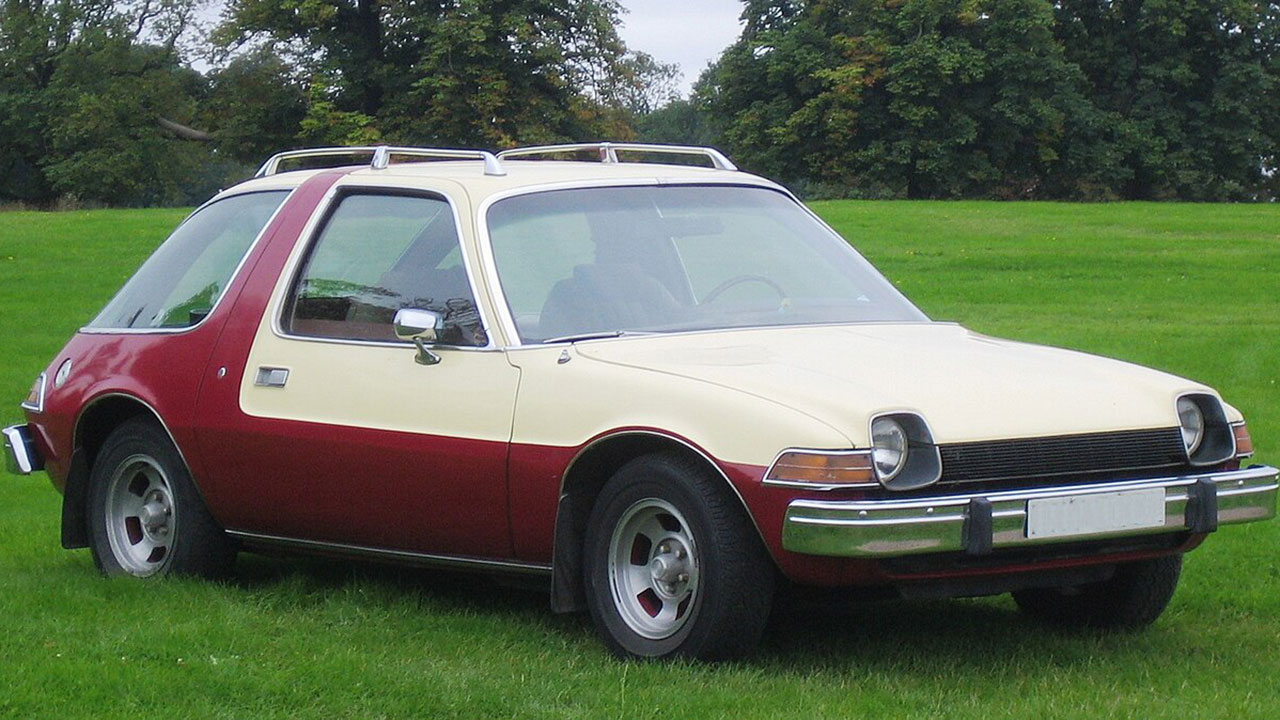
The AMC Pacer, launched in 1975, was marketed as a futuristic car with a wide-body design and large glass area. While its design was ahead of its time, it also posed practical challenges, such as poor aerodynamics and fuel efficiency. The Pacer’s unique styling failed to appeal to mainstream buyers, leading to disappointing sales.
Despite its innovative approach, the Pacer struggled with underwhelming performance and reliability issues. Critics often cite it as an example of a car that was too radical for its era. Today, it enjoys a cult following among collectors, but its commercial failure overshadowed its bold design intent.
Triumph Stag
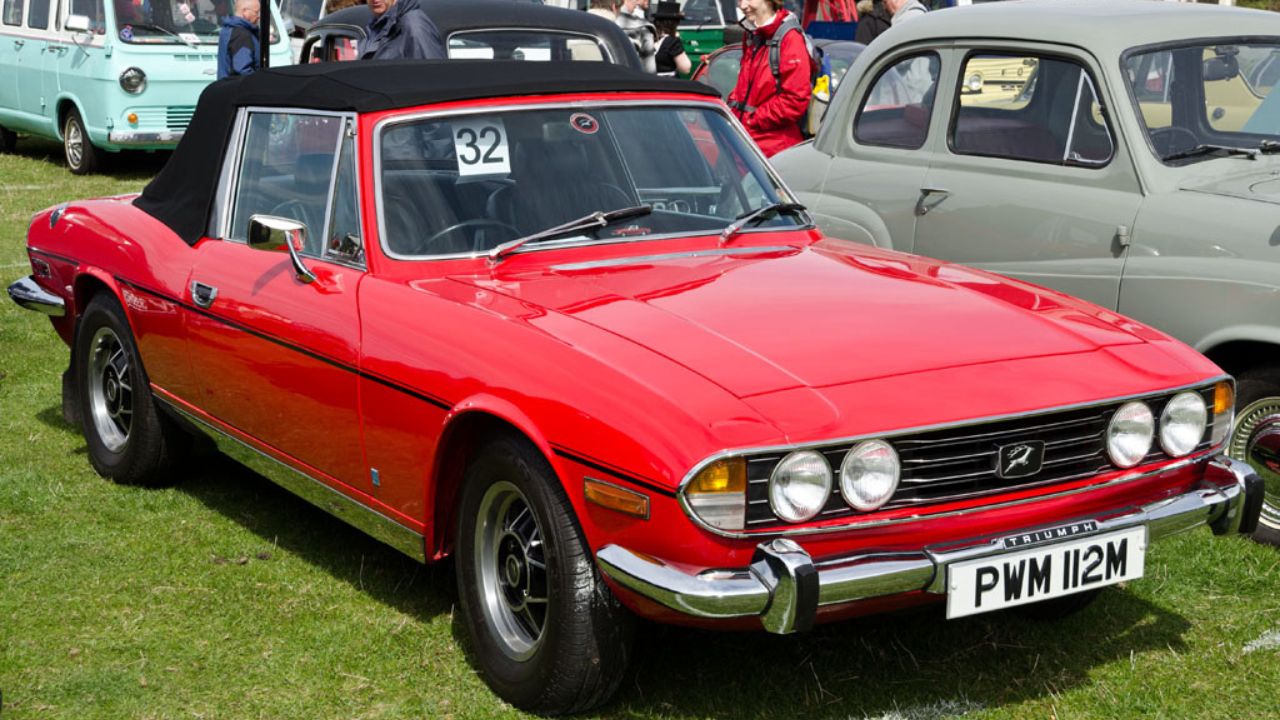
The Triumph Stag, produced between 1970 and 1978, was envisioned as a luxury sports tourer. Its elegant design and V8 engine promised performance and style, but it suffered from significant mechanical issues that plagued its reputation. Engine overheating, timing chain failures, and electrical problems were common complaints among Stag owners.
While its aesthetic appeal was undeniable, the Stag’s engineering flaws overshadowed its potential. Enthusiasts often need to invest considerable effort and resources into maintaining these vehicles. Despite its shortcomings, the Stag remains a beloved classic for those willing to overlook its flaws in favor of its charm.
DeLorean DMC-12
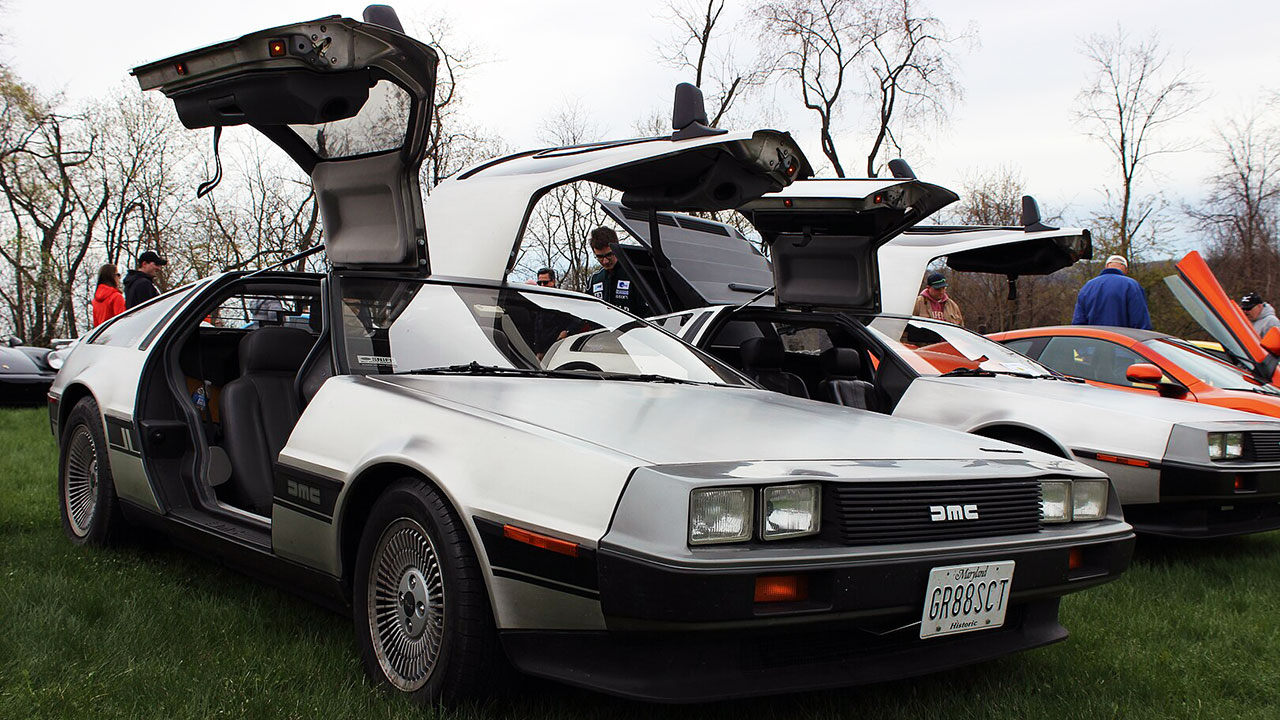
The DeLorean DMC-12 is perhaps best known for its role in the “Back to the Future” movies rather than its performance as a car. Launched in 1981 with a futuristic stainless steel design and gull-wing doors, the DMC-12 failed to live up to its hype due to quality control issues and underpowered performance.
Despite its iconic appearance, the DMC-12’s production run was short-lived, lasting only until 1983. Financial difficulties and production delays contributed to its downfall. Today, it enjoys cult status more for its cultural significance than its automotive excellence, with enthusiasts cherishing its unique design despite its shortcomings.
Yugo GV
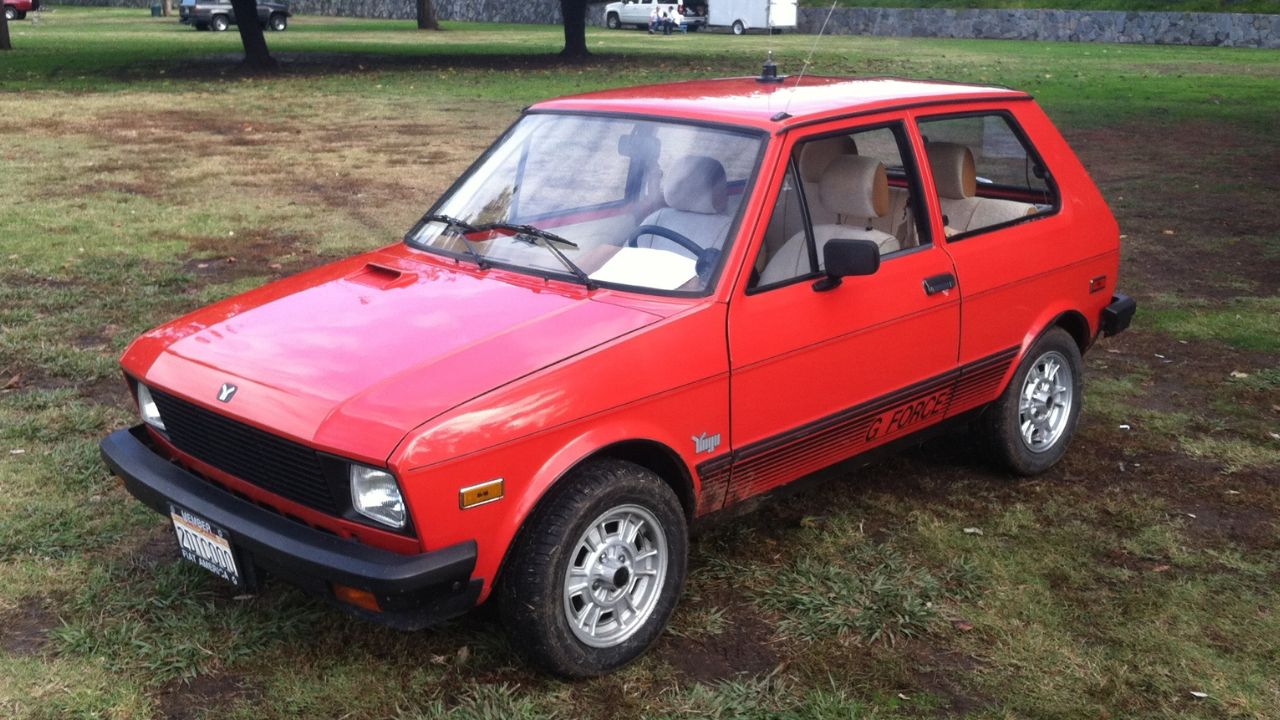
The Yugo GV, introduced to the American market in 1985, was touted as the cheapest new car available. However, its low price was reflective of its poor build quality and lack of reliability. Frequent breakdowns and maintenance issues became synonymous with the Yugo brand, leading to widespread ridicule.
Despite initial interest due to its affordability, the Yugo failed to deliver on the promise of a dependable vehicle. It became the butt of automotive jokes and epitomized the pitfalls of cost-cutting measures. Today, the Yugo is a reminder of how low price points can sometimes compromise quality and consumer satisfaction.
Cadillac Cimarron
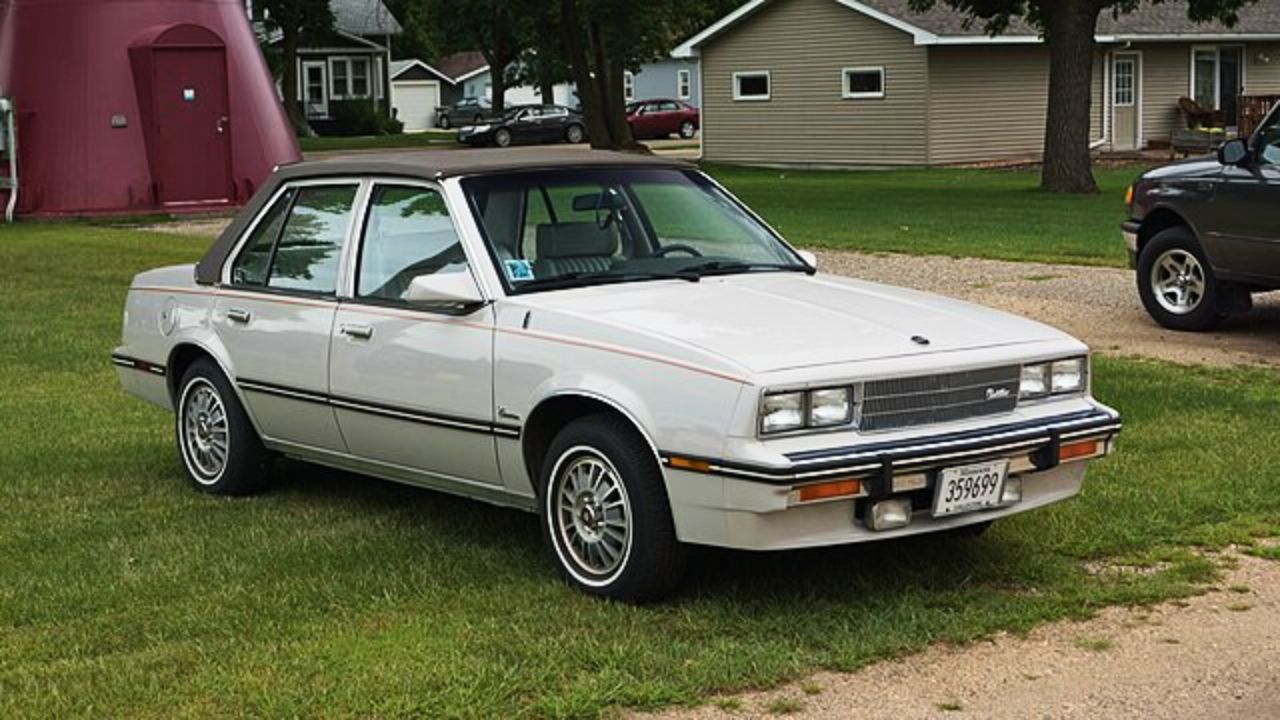
The Cadillac Cimarron, launched in 1981, was an attempt by General Motors to offer a luxury compact car. However, it was essentially a rebadged Chevrolet Cavalier with minimal differentiation, leading to criticism for diluting the Cadillac brand. The Cimarron’s lack of distinctive features and luxury amenities failed to justify its premium pricing.
Critics and consumers alike viewed the Cimarron as a disappointment, tarnishing Cadillac’s reputation for luxury and innovation. Despite efforts to improve the model over its production run, the damage to the brand was significant. The Cimarron remains an example of how misaligned brand positioning can impact legacy.
Pontiac Aztek
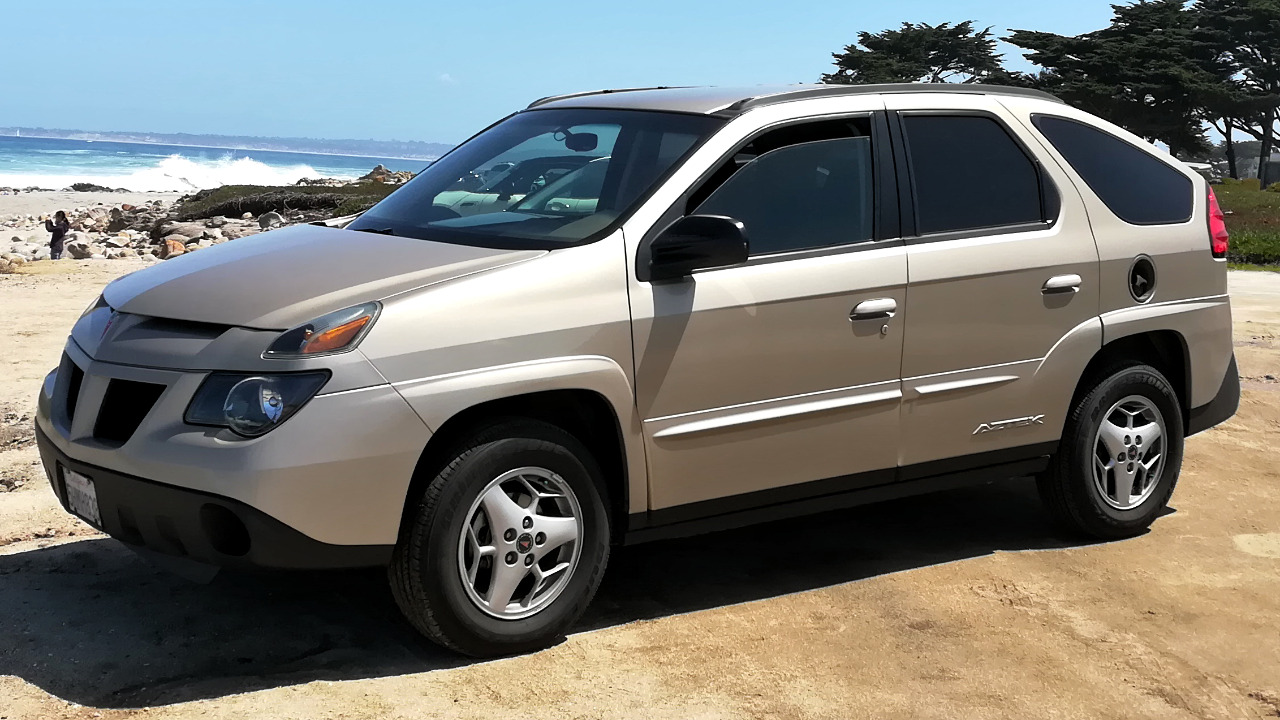
The Pontiac Aztek, produced from 2000 to 2005, is often cited as one of the ugliest cars in automotive history. Its unconventional design aimed to capture the growing SUV market, but it failed to resonate with consumers. The Aztek’s styling, combined with practical yet uninspiring performance, led to a lukewarm reception.
Despite its negative reputation, the Aztek has gained a cult following, partly due to its association with popular culture, such as the TV series “Breaking Bad.” While it’s appreciated by some for its unique approach, its commercial failure highlights the challenges of balancing innovation with consumer taste.
Chrysler PT Cruiser
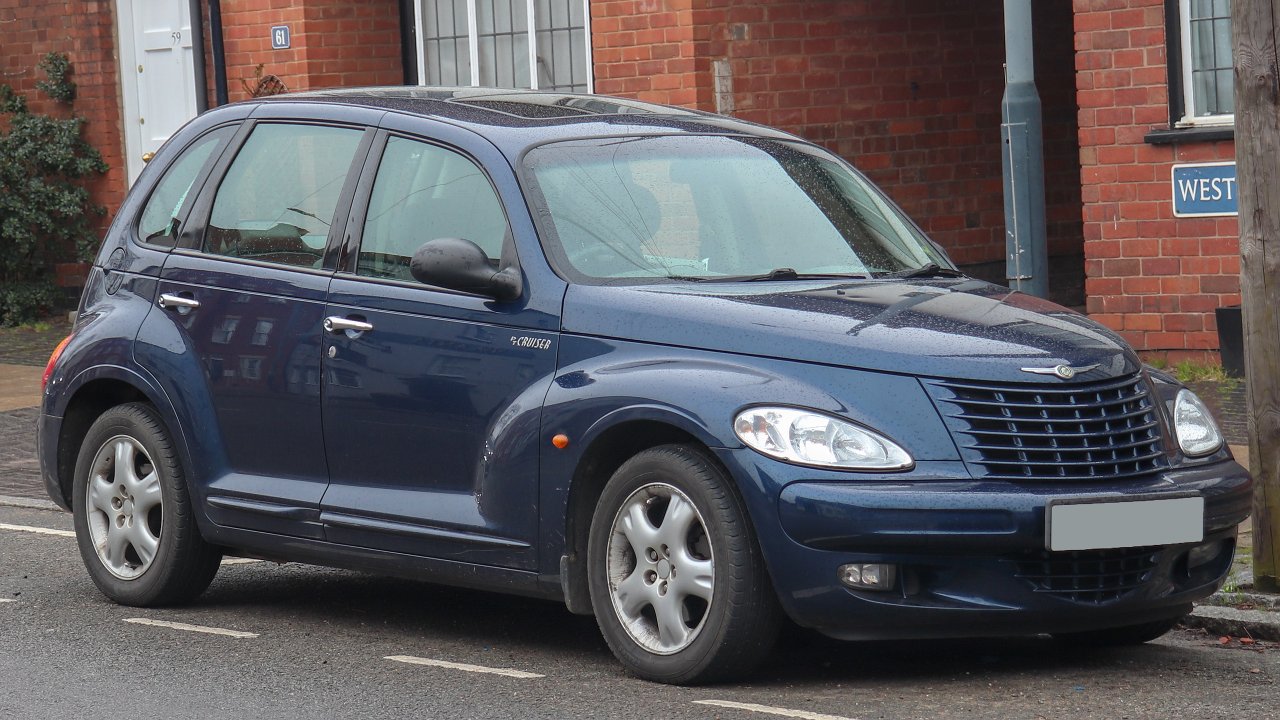
The Chrysler PT Cruiser, launched in 2000, was initially a commercial success due to its retro-inspired design. However, its appeal quickly waned as consumers grew weary of its dated styling and mediocre performance. The PT Cruiser struggled to maintain its initial popularity as competitors offered more appealing alternatives.
Its cramped interior, lackluster engine options, and declining build quality contributed to its eventual phase-out in 2010. The PT Cruiser’s story is a testament to the fleeting nature of design trends and the importance of innovation in maintaining market relevance.
Jaguar XJ-S
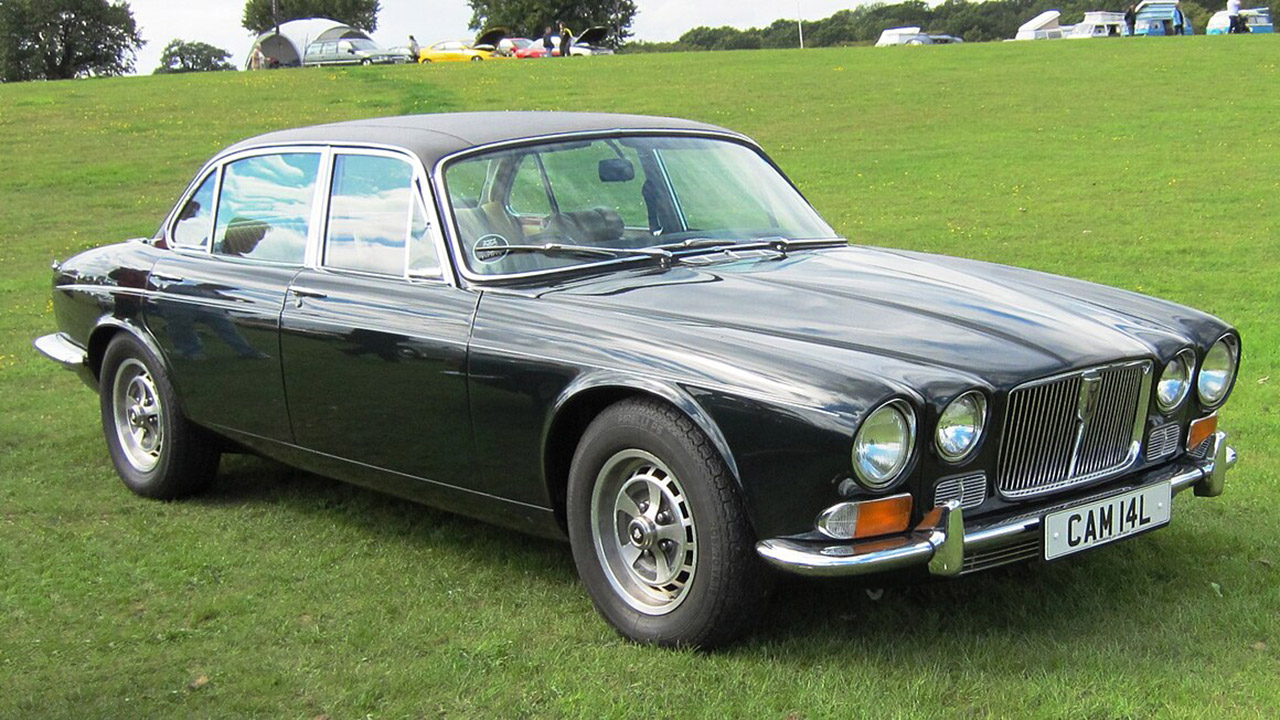
The Jaguar XJ-S, produced from 1975 to 1996, was intended as a successor to the legendary E-Type. However, it faced criticism for its polarizing design and reliability issues. Despite its powerful V12 engine, the XJ-S struggled with electrical problems and mechanical failures that tarnished its reputation.
While it eventually found a niche among enthusiasts, the XJ-S’s journey was marked by continuous updates to address its shortcomings. Its legacy is a mix of admiration for its performance and frustration with its upkeep. The XJ-S serves as a reminder of how high expectations can sometimes overshadow execution.
Like Fast Lane Only’s content? Be sure to follow us.
Here’s more from us:
*Created with AI assistance and editor review.

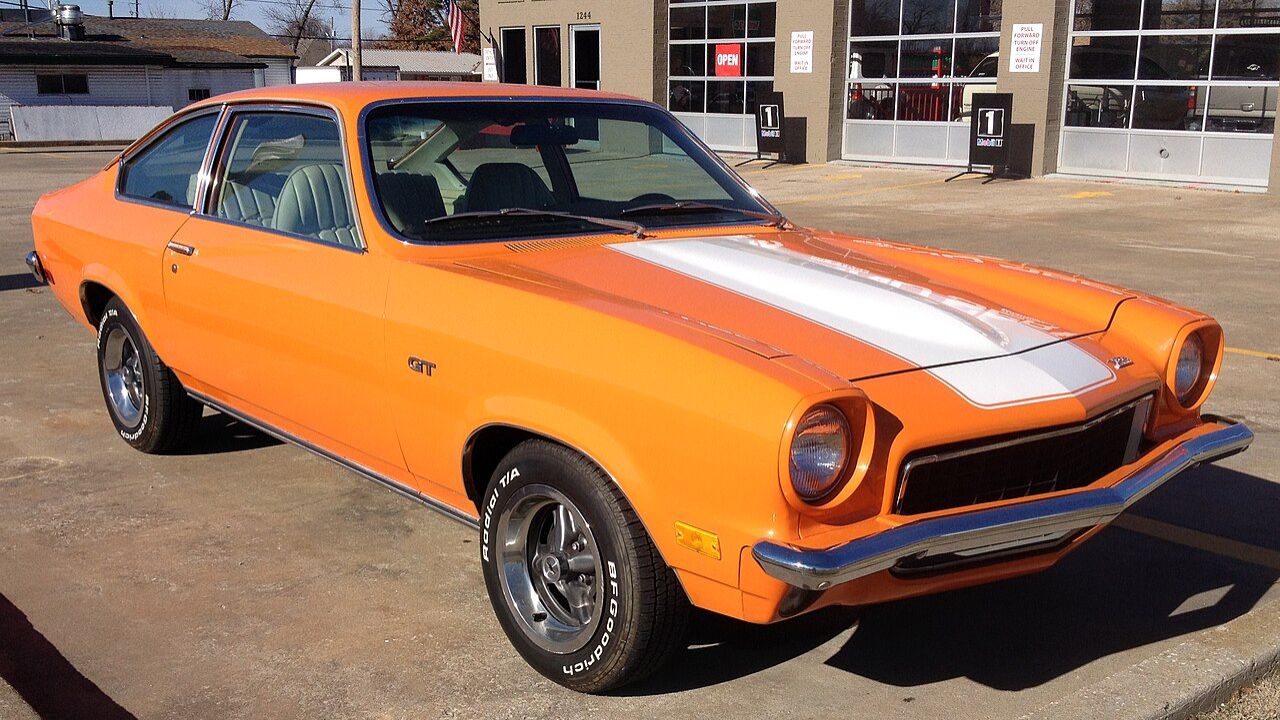

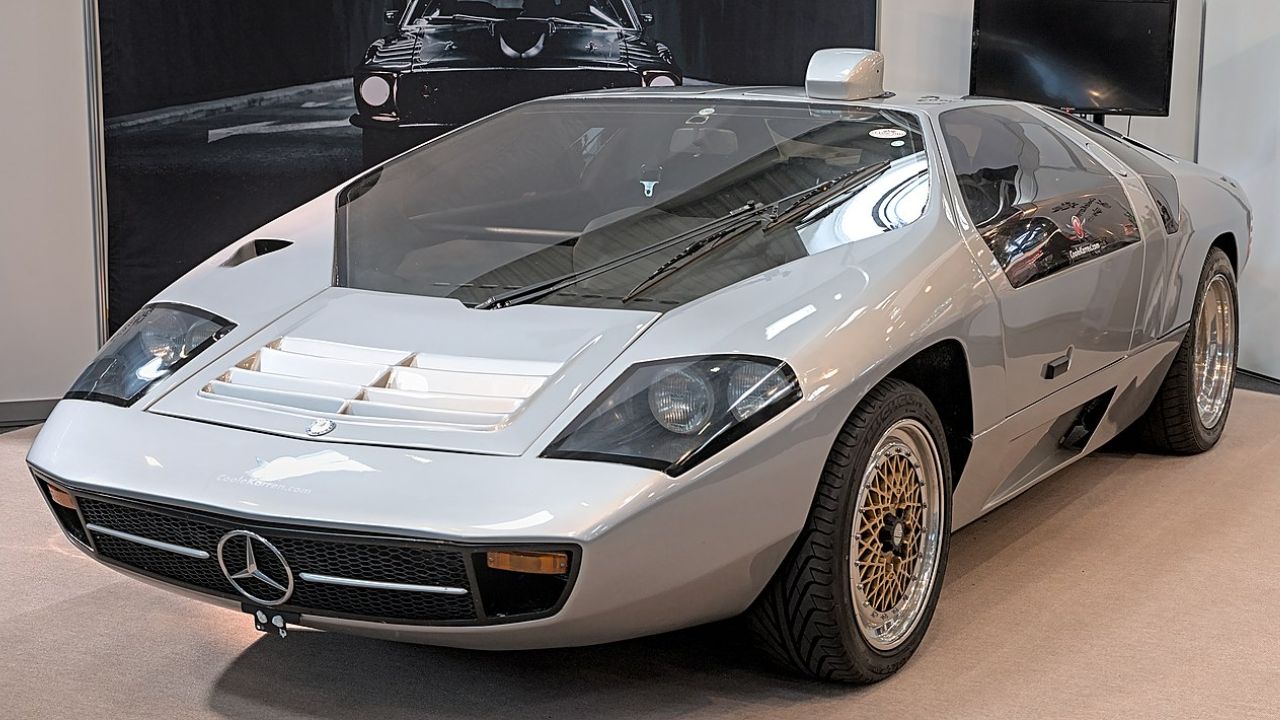
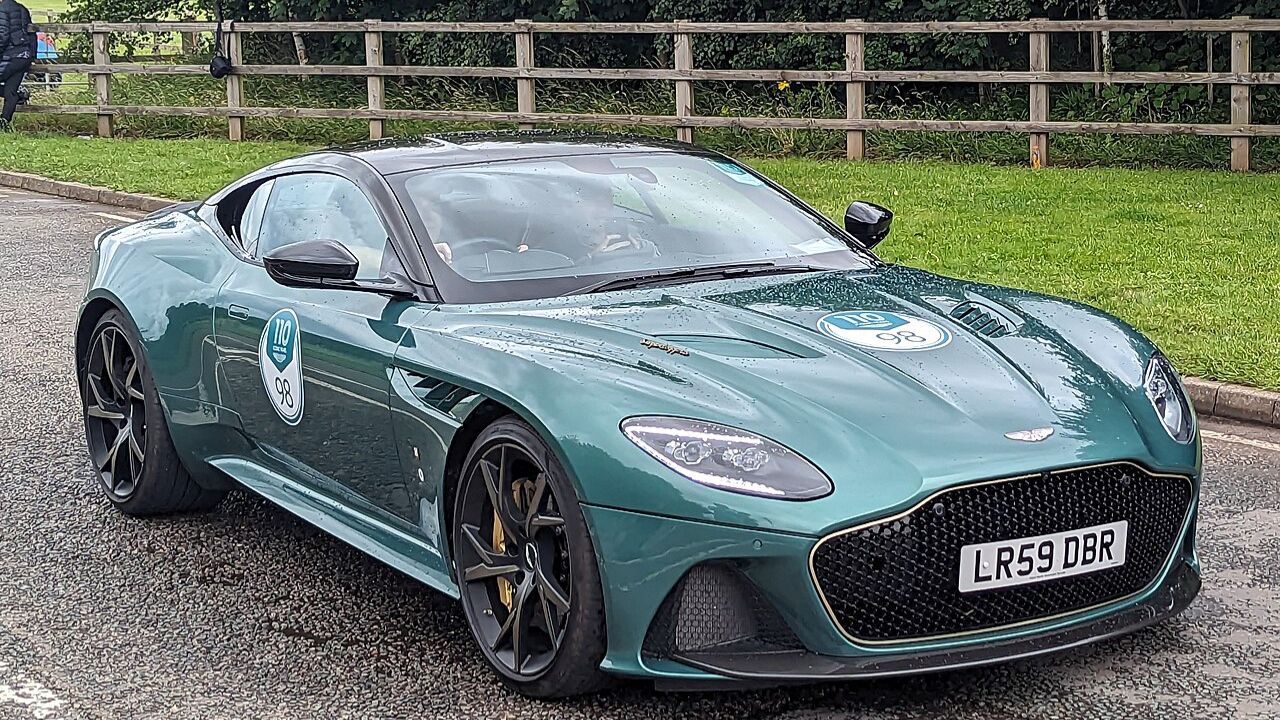
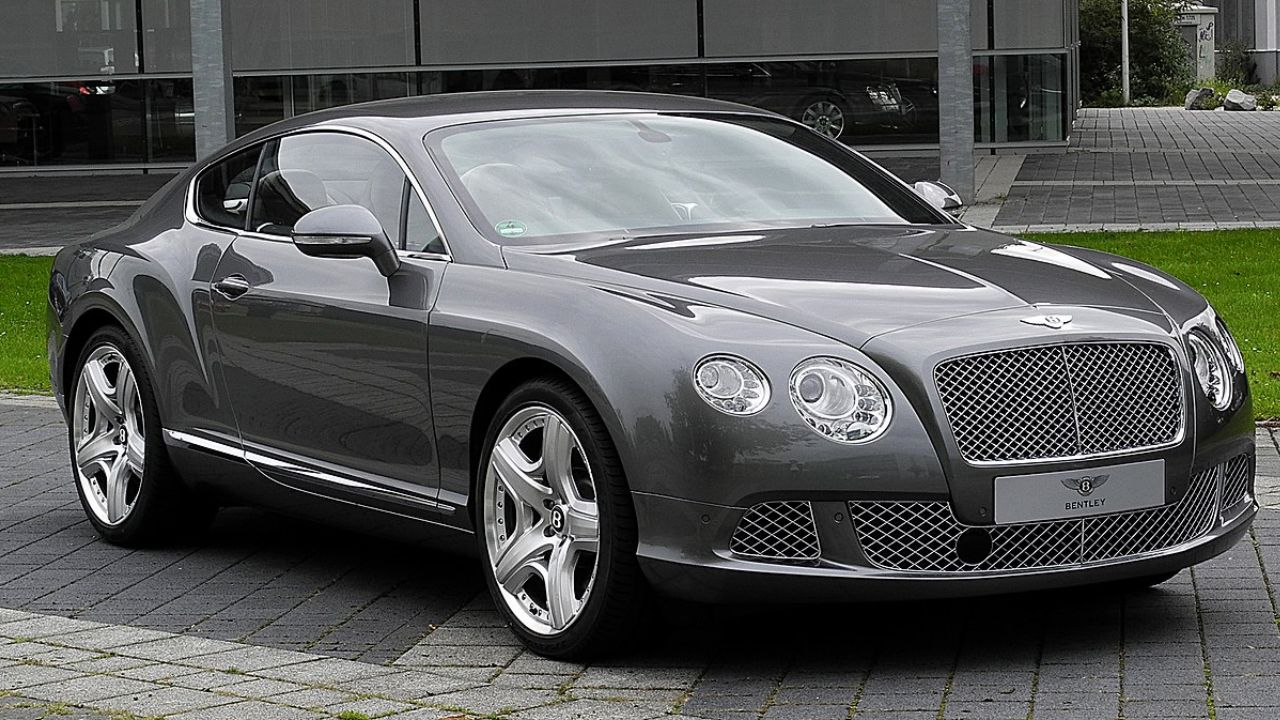
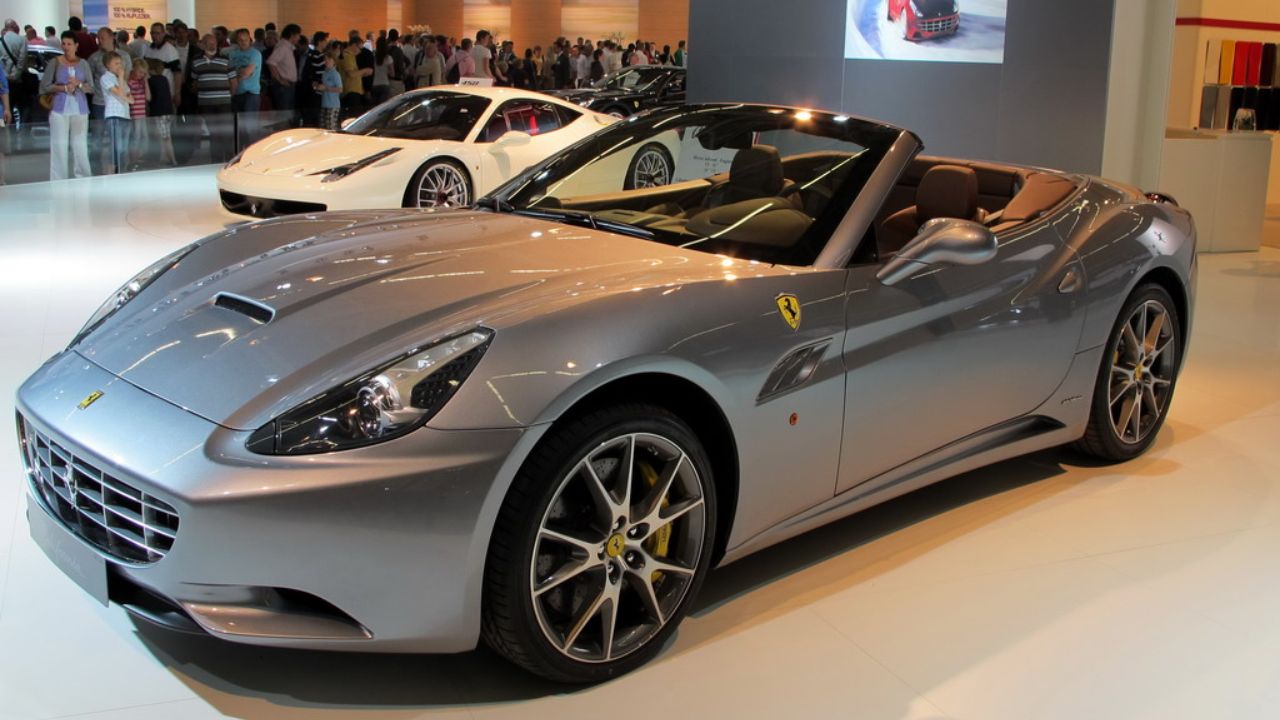
Leave a Reply